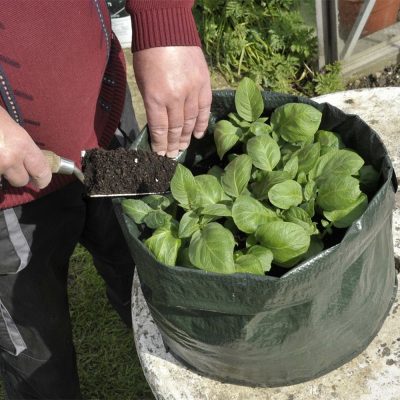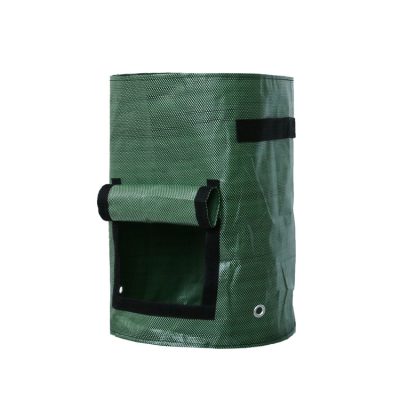Understanding the environmental impact of woven plastic grow bags requires considering their production, use, and end-of-life implications. Here are some key points to consider:
- Resource Consumption: Woven plastic grow bags are typically made from synthetic materials such as polypropylene (PP) or polyethylene (PE). The production of these materials involves the extraction of fossil fuels and energy-intensive manufacturing processes. This consumption of resources contributes to carbon emissions and depletion of finite resources.
- Durability: Woven plastic grow bags are designed to be durable and long-lasting, which can be considered a positive aspect from an environmental perspective. Their durability allows for multiple seasons of use, reducing the need for frequent replacements.
- Reusability: Woven plastic grow bags can be reused for several growing seasons, reducing waste compared to single-use containers. Proper cleaning and maintenance can prolong their lifespan, making them a more sustainable option.
- Recycling: At the end of their life cycle, woven plastic grow bags can be recycled in some areas. However, it’s important to note that the recycling process for woven plastic materials can be complex and may not be widely available in all regions. Check with local recycling facilities to determine if they accept woven plastic grow bags.
- Waste Management: If recycling is not an option, disposing of woven plastic grow bags in regular waste streams can contribute to landfill waste. Plastic waste in landfills can take a long time to decompose and may release harmful substances into the environment.
- Eco-Friendly Alternatives: While woven plastic grow bags have certain advantages, there are eco-friendly alternatives to consider. Some options include biodegradable grow bags made from materials like coconut coir, peat, or other organic fibers. These alternatives have a lower environmental impact and can be composted after use.
- Sustainable Practices: Regardless of the type of grow bags used, adopting sustainable gardening practices can minimize environmental impact. This includes using organic fertilizers, conserving water through efficient irrigation methods, and practicing integrated pest management to reduce the need for chemical pesticides.
- Local Sourcing: Consider sourcing woven plastic grow bags from manufacturers or suppliers that prioritize sustainability and responsible production practices. Look for companies that prioritize resource efficiency, waste reduction, and ethical labor practices.
- Proper Disposal: If woven plastic grow bags have reached the end of their useful life and cannot be recycled locally, explore alternative disposal options such as repurposing them for other uses or seeking creative recycling initiatives. Some organizations may collect used grow bags for repurposing or upcycling projects.
In summary, while woven plastic grow bags have some environmental implications, their durability and potential for reuse make them a more sustainable option compared to single-use containers. However, exploring eco-friendly alternatives and adopting sustainable gardening practices can further reduce the environmental impact associated with grow bags.








